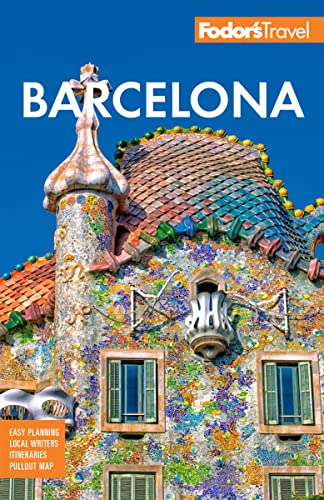The Barrio Chino
Sandwiched between the Avinguda del Paral·lel and the lower Rambla, Barcelona’s most notorious district, the Barrio Xino (Chinese Quarter), has raged raucous and unrepentant for centuries. For many years it was nearly more emblematic and characteristic of the city than, say, Gaudí or the Barri Gòtic. Local denizens inspired many of Picasso’s paintings of circus acrobats and gypsies. Though all of the Raval is conventionally included, the authentic, hard-core "Xino" lies between Carrer Hospital and the port, on the lower right side of La Rambla facing east.
China and the Chinese never had anything to do with all this: the Barrio Xino’s name is a generic reference to all foreigners, as the area was inhabited by immigrants from other parts of Spain and from abroad. Even today, in Plaza dels Àngels in front of the MACBA, children playing soccer can be heard speaking Arabic, Urdu, and Tagalog, as well as Spanish and Catalan. The Raval’s louche population of prostitutes, transvestites, pimps, and common thieves has long been a literary gold mine for French novelists such as Jean Genet (The Thief’s Journal, 1949), Claude Simon (The Palace, 1962), and André Pieyre de Mandiargues (The Margin, 1967). Most recently, Carlos Ruiz Zafón (The Shadow of the Wind, 2001) delves into the Barrio for the noir settings of his work.
The Barrio Xino is not especially dangerous nowadays. The police presence here may even make it safer than La Rambla or parts of the Barri Gòtic—but don’t count on it; you can still find trouble in this part of town, if you go looking for it. La Rambla del Raval runs through the middle of what used to be no-man’s-land, bringing fresh air into what was once the most insalubrious and dicey part of Barcelona.




